OceanXplorers, a stunning six-part underwater discovery series from National Geographic, is an extraordinary experience that merges cutting-edge technology with the beauty and mystery of the ocean. Narrated by the legendary James Cameron—director of Titanic and The Abyss, and a seasoned deep-sea explorer—this series takes viewers aboard the OceanXplorer, a state-of-the-art research vessel, on an epic journey to investigate some of the planet’s most remote and uncharted ocean frontiers. For anyone with a love of science, technology, or the ocean, this series is a visual and intellectual feast.
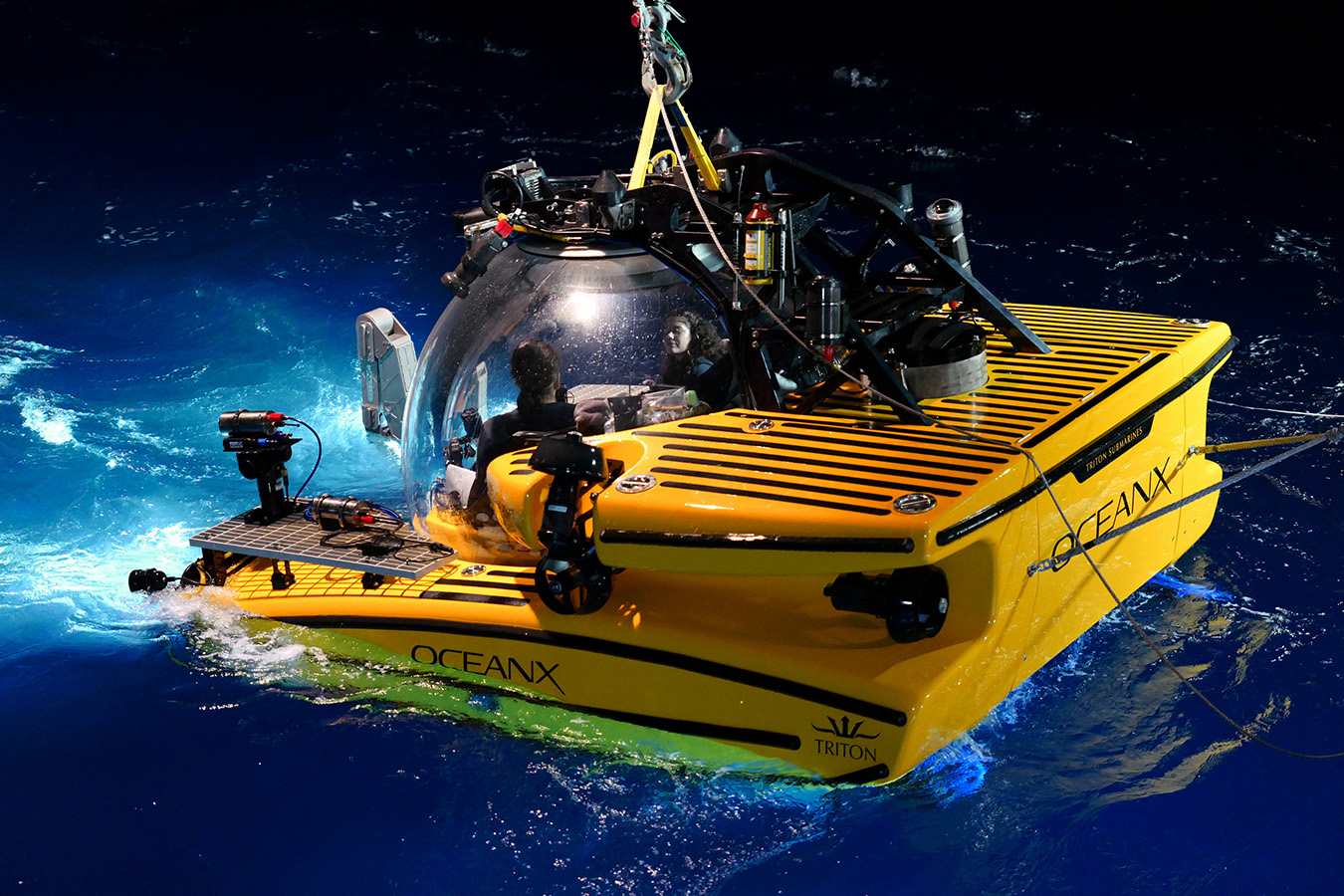
The cinematography of OceanXplorers is nothing short of breathtaking. The series showcases some of the most awe-inspiring underwater footage ever captured, with the OceanXplorer’s cutting-edge equipment providing viewers with views from every possible angle. Whether it’s following majestic humpback whales through the crystal-clear waters of the Caribbean or capturing elusive deep-sea creatures in the pitch-black depths of the Azores, the series immerses its audience in the heart of the ocean. The submersibles Neptune and Nadir, which can dive to depths of over 3,000 feet and remain submerged for up to 72 hours, provide never-before-seen perspectives on marine life, revealing hidden wonders that few have ever witnessed.
But OceanXplorers is much more than a visual spectacle. True to National Geographic’s reputation for educational programming, the series is an in-depth exploration of the ocean’s most fascinating ecosystems. Each episode follows the OceanXplorer’s elite team of scientists and explorers—including deep-sea researcher Zoleka Filander, shark biologist Melissa Cristina Márquez, and ocean technology innovator Eric Stackpole—as they take on daring missions to uncover some of the ocean’s greatest mysteries.
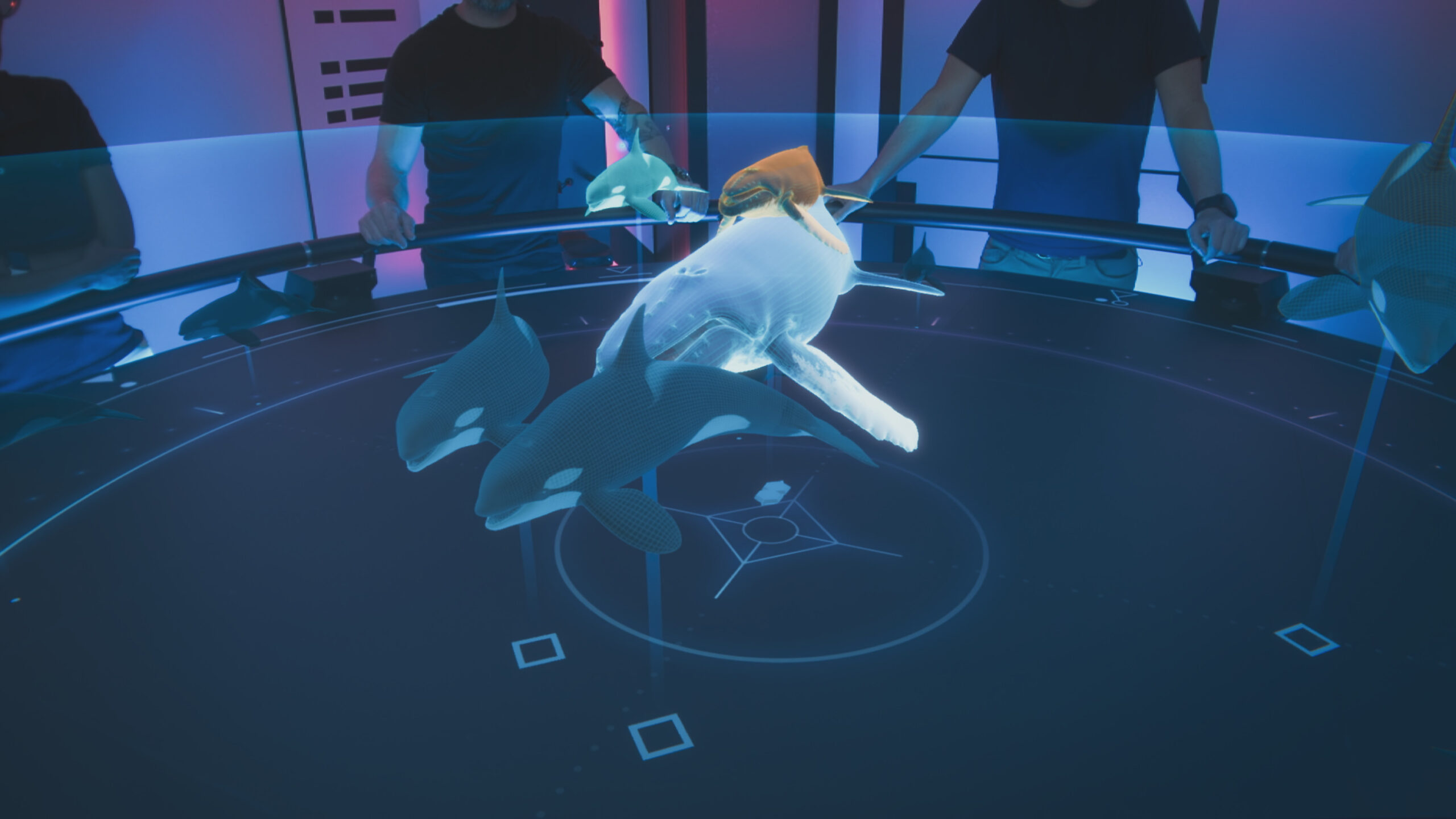
A standout episode transports the team to the Caribbean, where they explore the hidden world of the North Atlantic humpback whale. Viewers are treated to intimate footage of these magnificent creatures as they gather in one small patch of ocean to mate, and witness a dramatic encounter where a mother humpback bravely defends her calf against a pod of orcas. The tension and drama are heightened by the remarkable underwater cinematography, which places viewers right in the middle of the action.
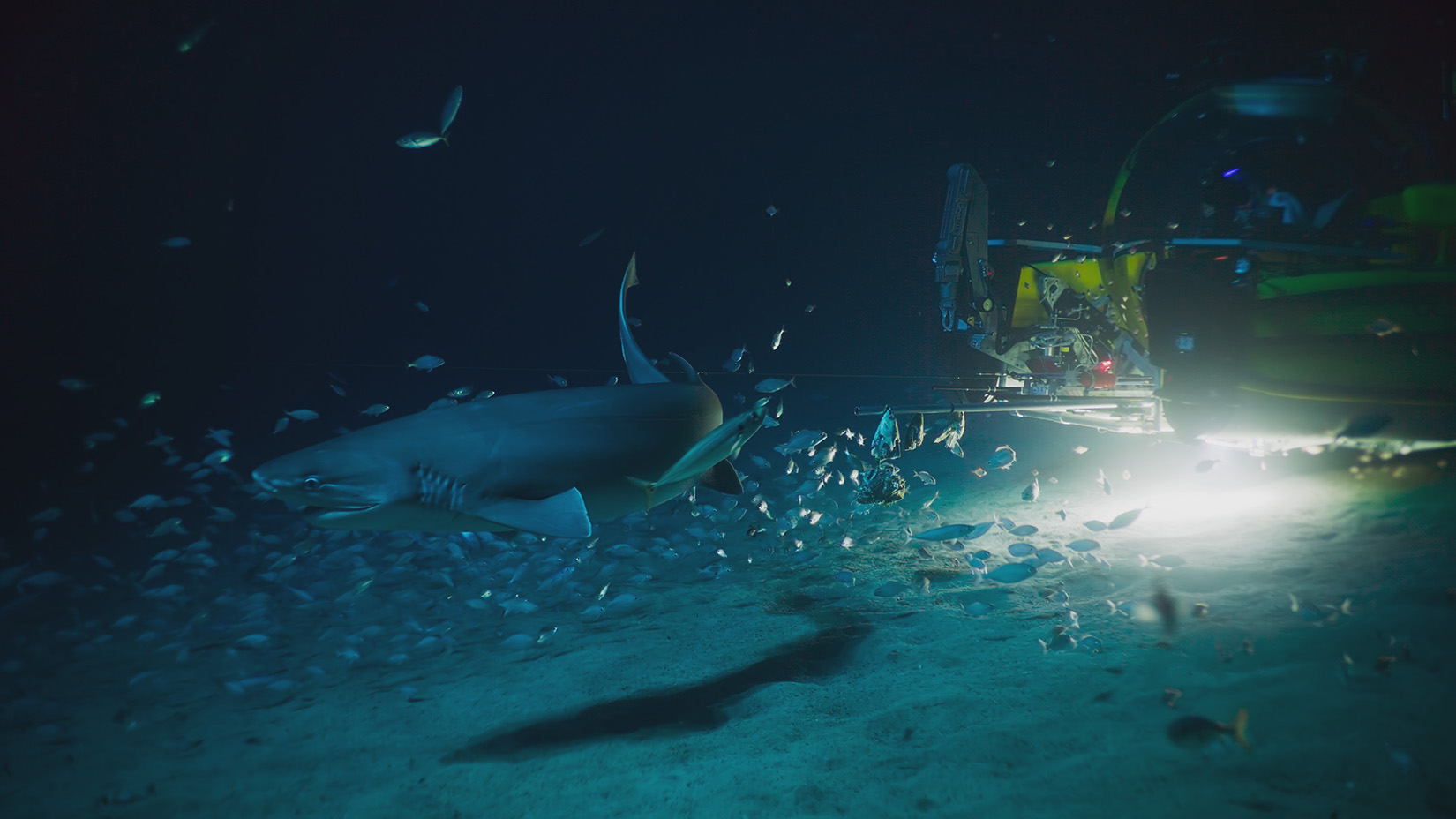
Another episode transports the team to the Azores, where they track the elusive sperm whale to its hunting grounds a mile beneath the ocean’s surface. Using state-of-the-art cameras and the OceanXplorer’s submersibles, the crew films the sperm whale’s prey—an enormous squid—in these waters for the first time. The series also features the team’s first successful tagging of the deep-sea giant, the sixgill shark, uncovering new insights into its nocturnal hunting patterns and mysterious journeys from the depths to the surface.
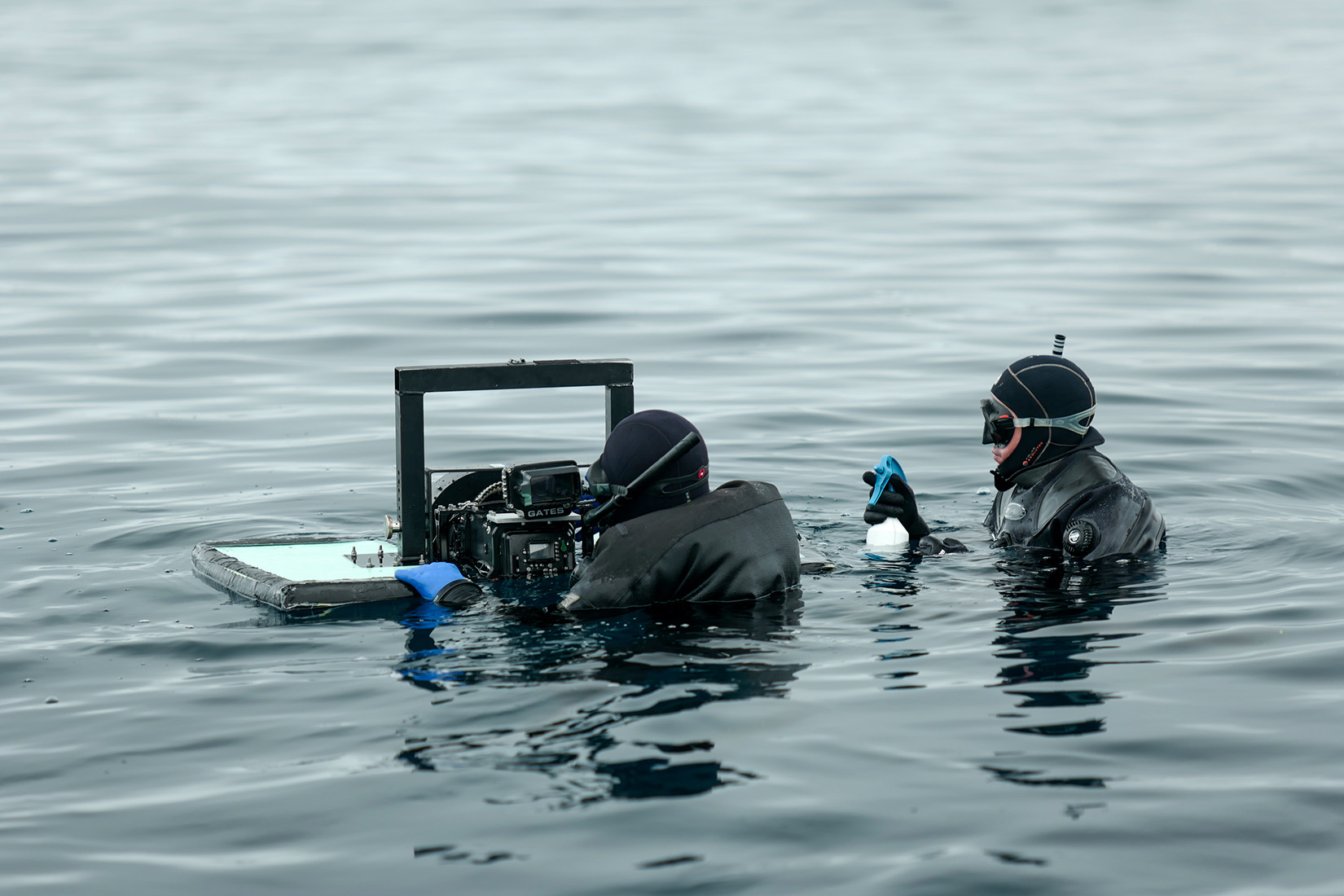
The OceanXplorer’s voyage continues to the Bahamas, where the team follows the great hammerhead shark as it migrates to warmer waters in the winter. The footage here is breathtaking, as the crew captures the shark’s incredible senses at work, navigating vast stretches of the ocean to uncover hidden riches in the shallows. This combination of adventure, science, and cinematography makes the episode both educational and exhilarating.
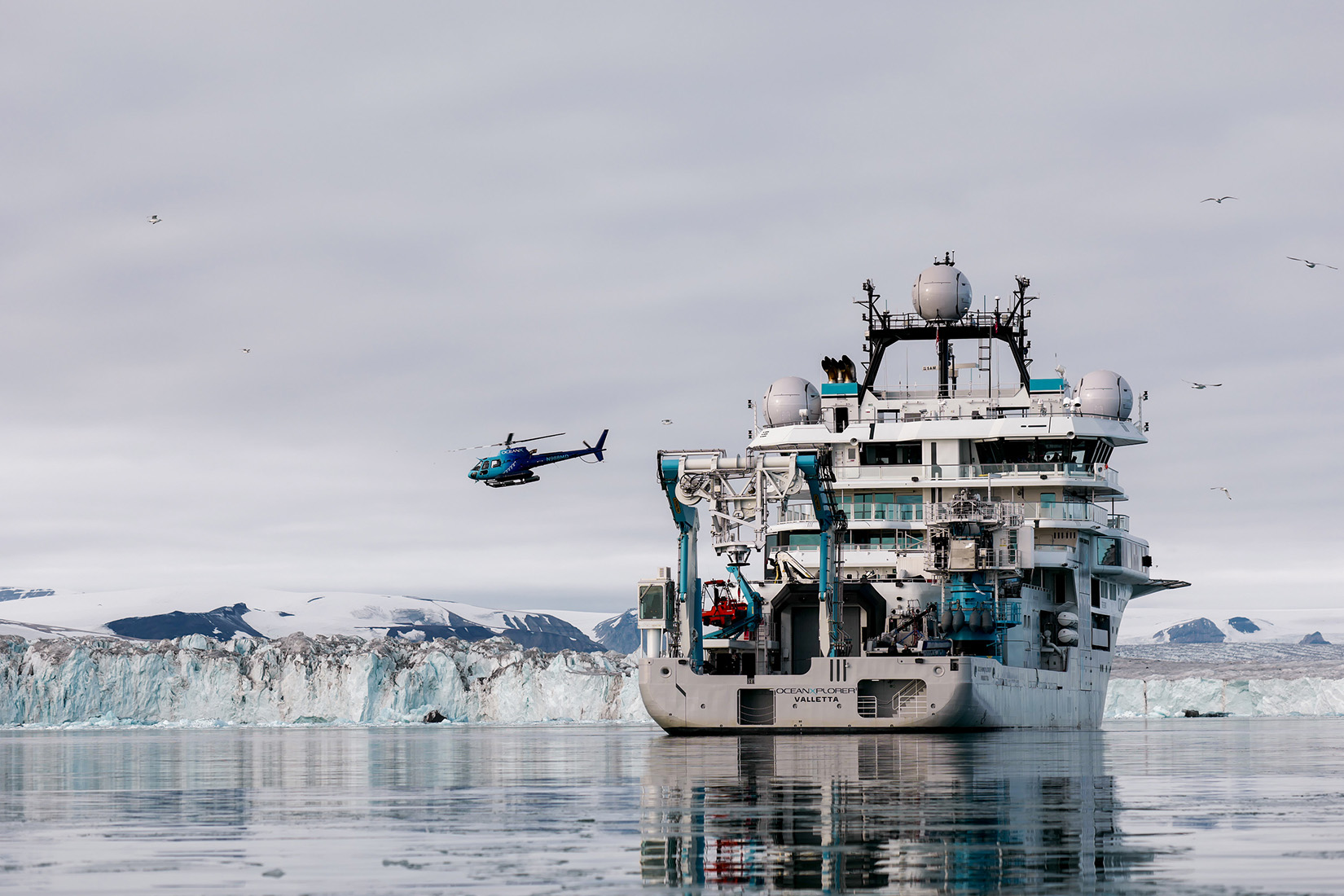
Perhaps most striking is the series’ foray into the Arctic waters of Svalbard, Norway. The crew investigates the rapidly changing ice world, home to polar bears and bowhead whales. The team scales glaciers and dives beneath the ice to study how these creatures are adapting to their changing environment. In one unforgettable moment, they come face-to-face with a polar bear, bringing home the urgency of the mission to understand and protect these fragile ecosystems. The series even captures the feeding strategies of the Greenland shark in its deep-sea habitat—footage that is as rare as it is captivating.
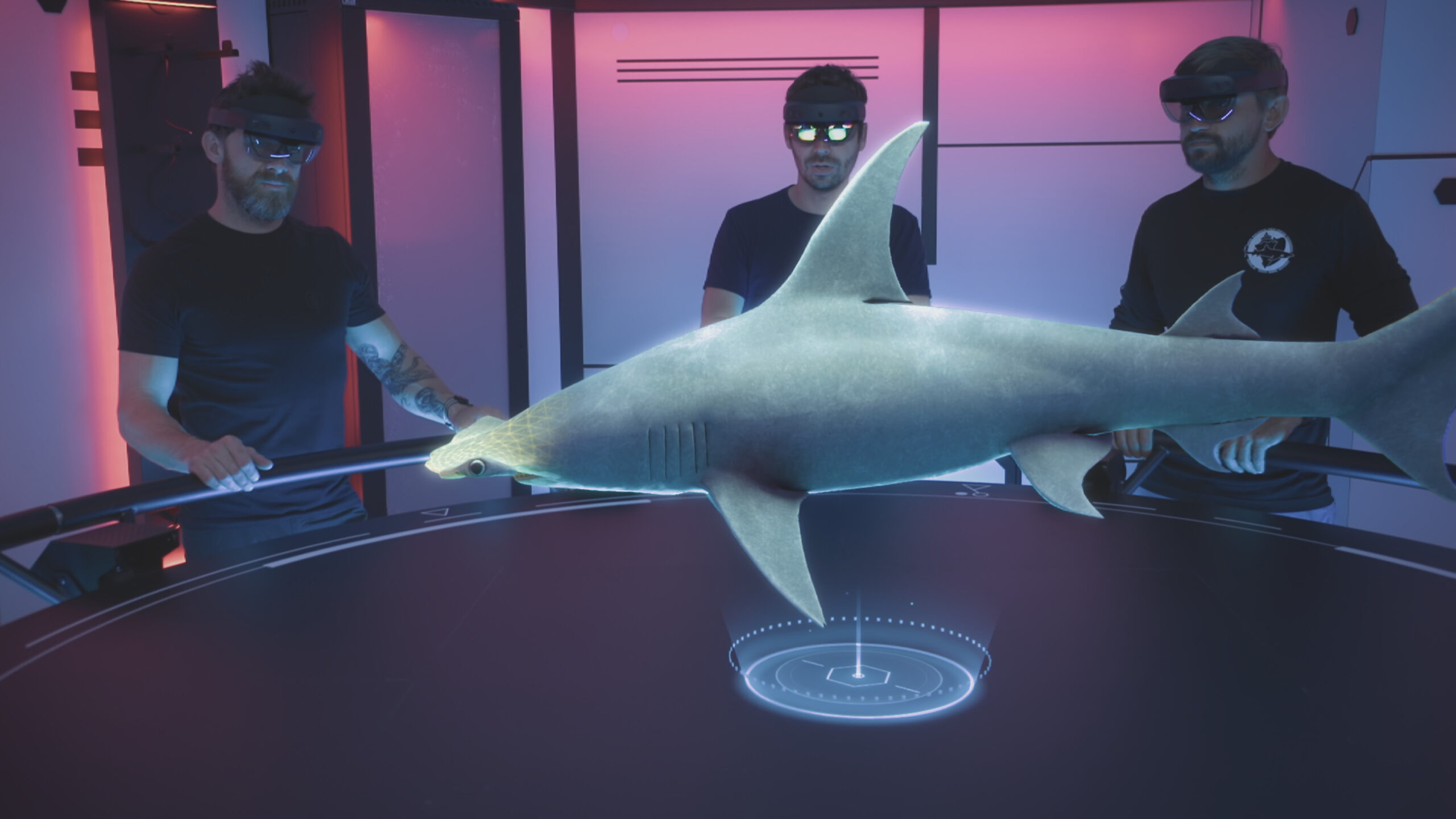
Throughout OceanXplorers, the advanced technology aboard the OceanXplorer plays a pivotal role in the series’ success. The ship’s two submersibles, marine science labs, and helicopter provide the tools necessary to explore ocean depths and capture groundbreaking footage. But it’s the storytelling and exploration that take center stage. Each episode is crafted with care, ensuring that viewers not only witness stunning underwater worlds but also gain a deeper understanding of the science and technology behind these discoveries.
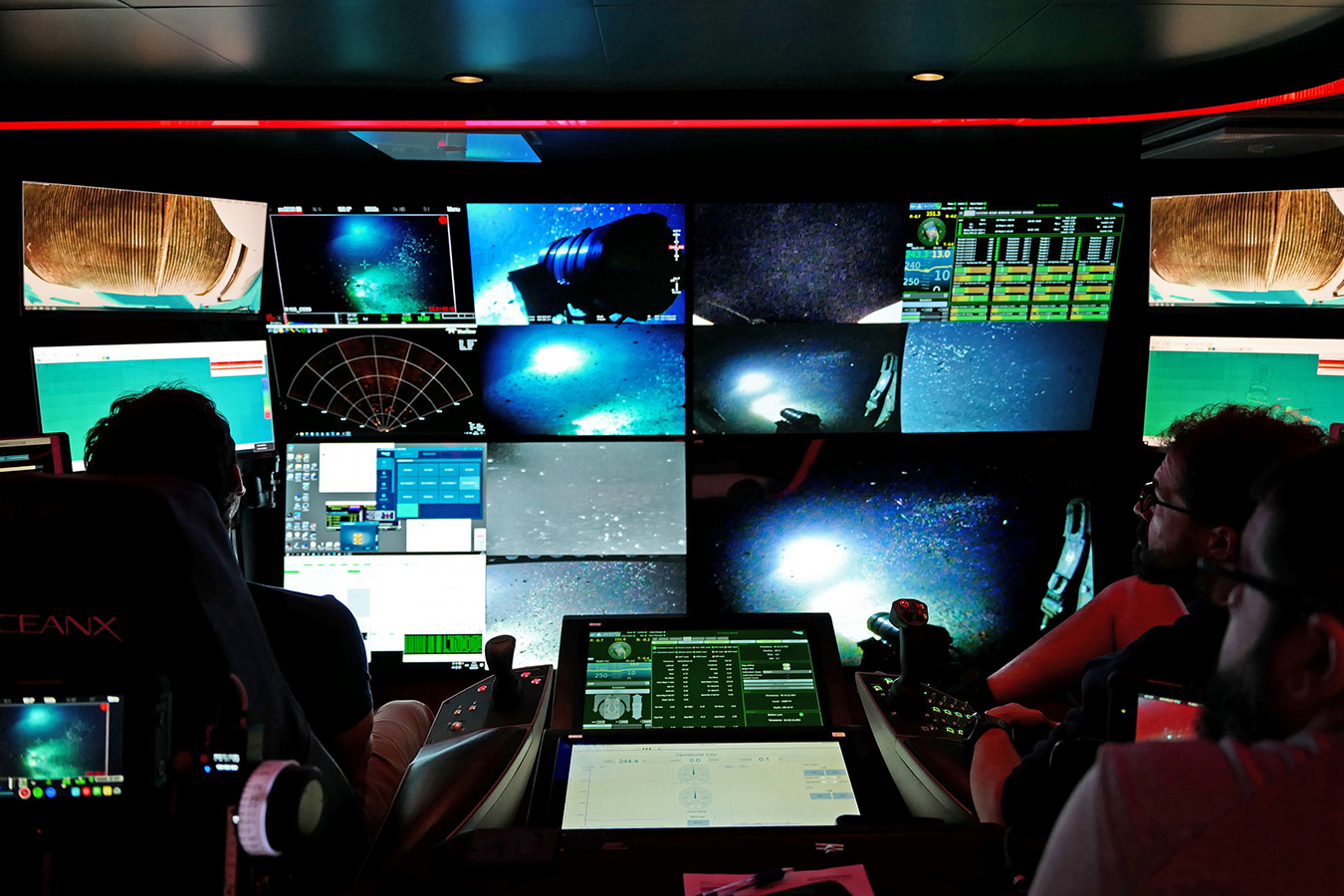
OceanXplorers is co-produced by National Geographic, OceanX, and BBC Studios Natural History Unit, the team behind Blue Planet II, and the production quality reflects the excellence of all three entities. The series is not just an exploration of the ocean’s depths, but a celebration of the power of science, technology, and storytelling to bring these discoveries to life.
For those who appreciate the intersection of technology and nature, OceanXplorers is a must-watch.
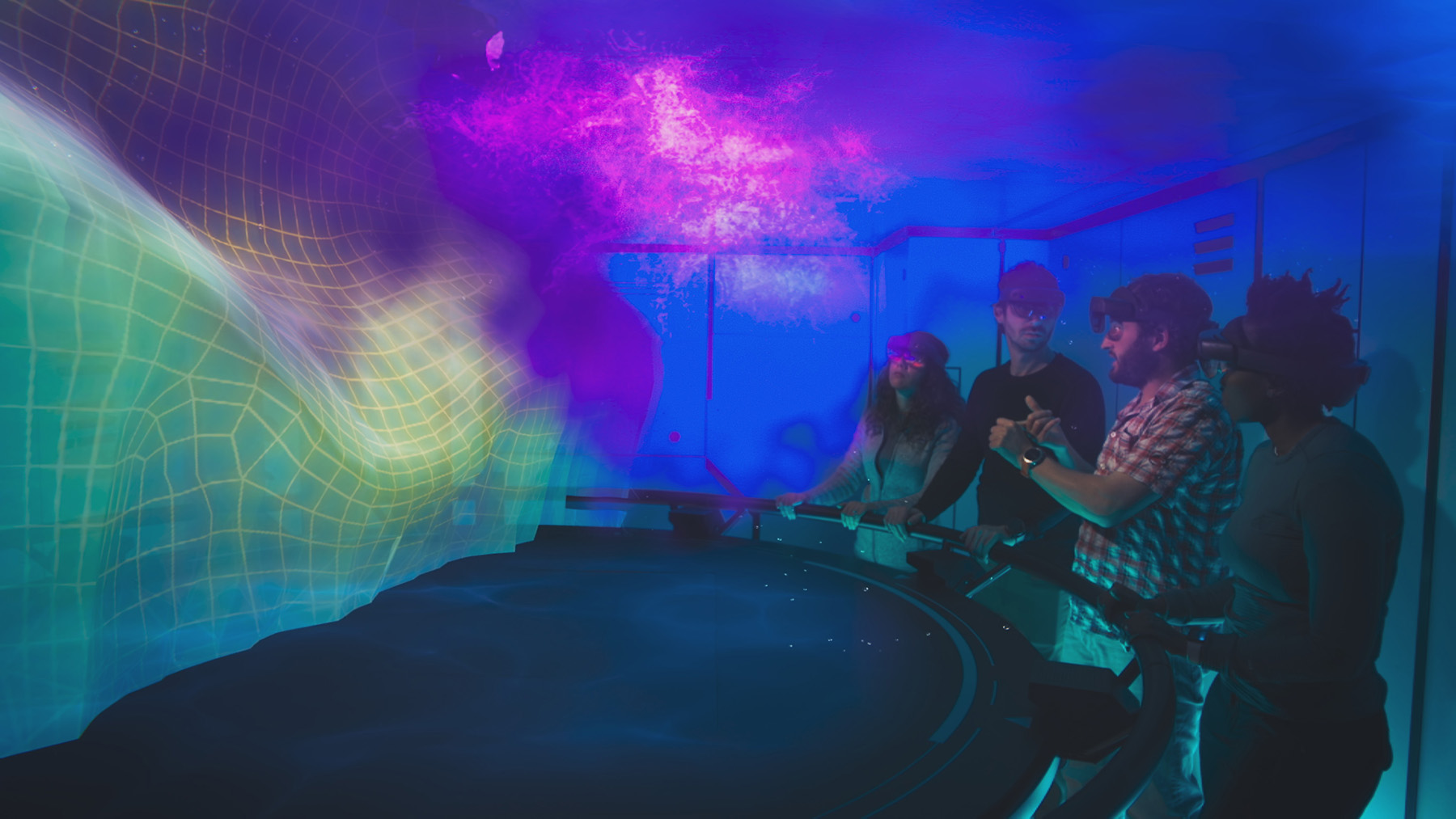
It’s an exhilarating dive into the unknown, filled with groundbreaking discoveries, stunning landscapes, and unforgettable encounters with some of the ocean’s most fascinating creatures. National Geographic once again proves its mastery in blending education with entertainment, offering viewers a series that is as enriching as it is visually stunning. OceanXplorers is a testament to the power of human curiosity, innovation, and our unending quest to understand and protect the natural world.
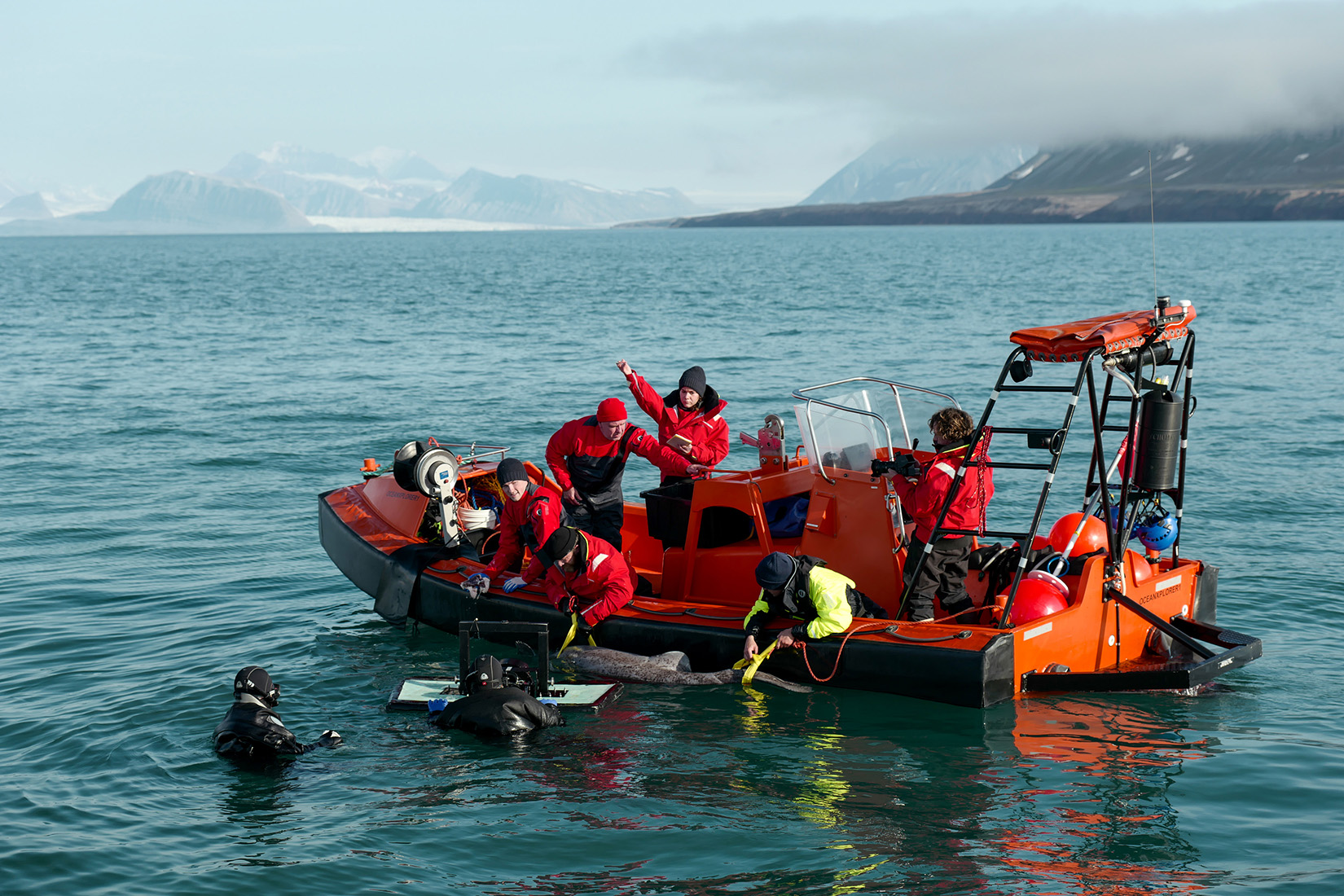
Discover more from SNAP TASTE
Subscribe to get the latest posts sent to your email.



